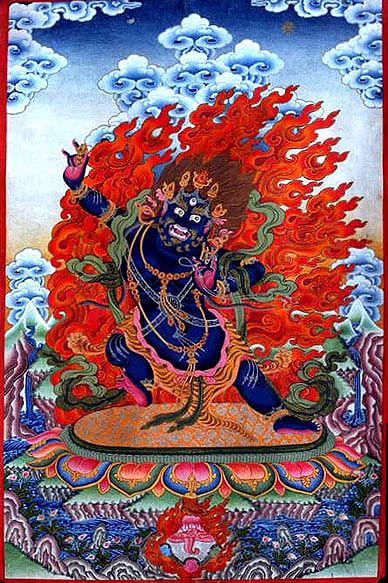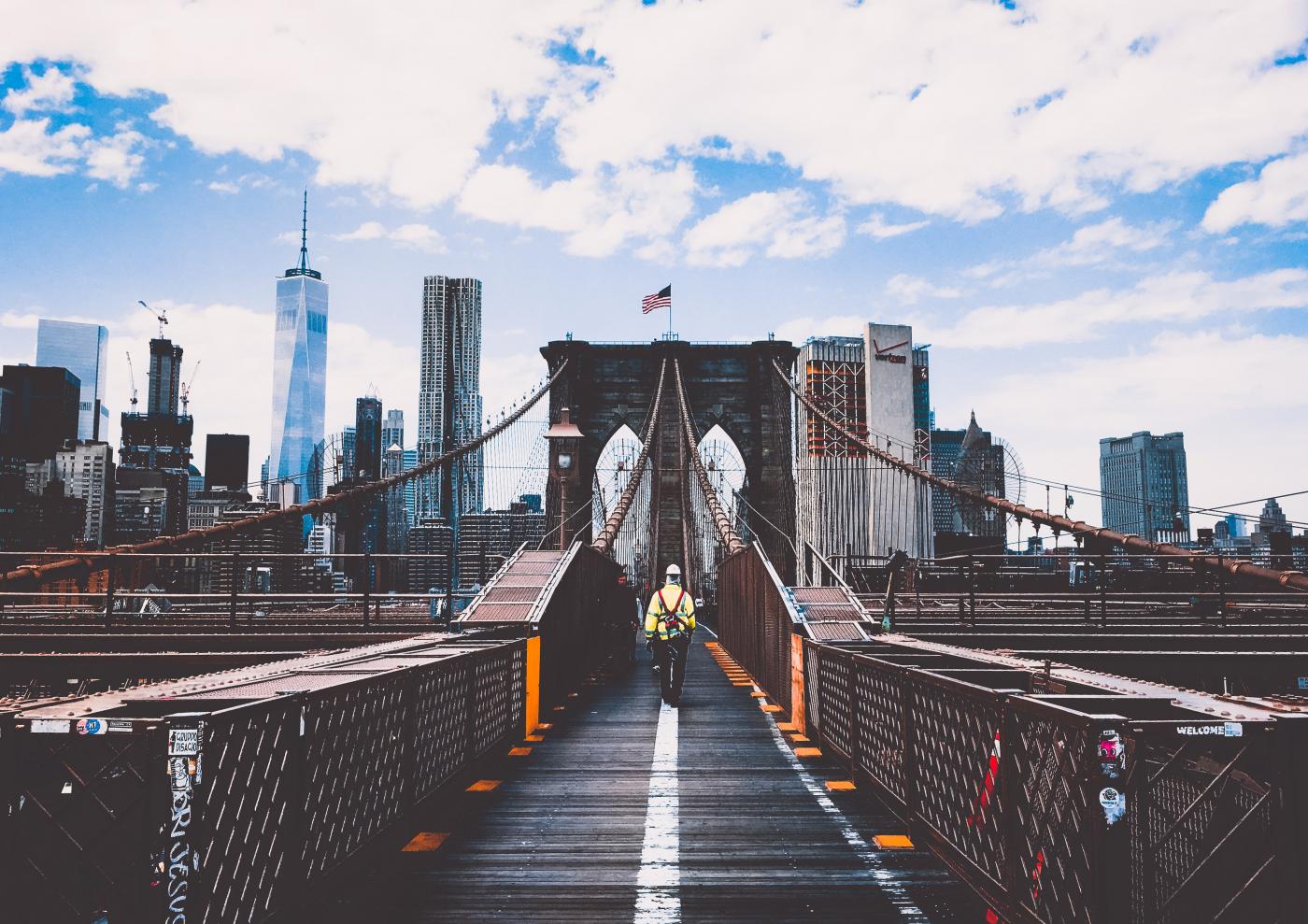 “Neverland is a fictional island featured in the works of J. M. Barrie and those based on them. It is an imaginary faraway place, where Peter Pan, Tinker Bell, the Lost Boys and other mythical creatures and beings live. Although not all people who come to Neverland cease to age, its best known resident famously refused to grow up. The term is often used as a metaphor for eternal childhood (and childishness), immortality, and escapism” Source: Wikipedia
“Neverland is a fictional island featured in the works of J. M. Barrie and those based on them. It is an imaginary faraway place, where Peter Pan, Tinker Bell, the Lost Boys and other mythical creatures and beings live. Although not all people who come to Neverland cease to age, its best known resident famously refused to grow up. The term is often used as a metaphor for eternal childhood (and childishness), immortality, and escapism” Source: Wikipedia
Not long ago, a couple of weeks ago when I last wrote in fact, I had a sense of coming ‘back to’ normal life and feeling myself returning to routine and taking the time settling back. I should know by now – life doesn’t settle to non-change; as one client of mine often says “there is always something”. I didn’t write a post last week. I could put it down to the fullness of my first week ‘back to’ the routine of it all; and indeed, it WAS a busy week. The two days back at the University teaching were full on, and I felt really tired on Wednesday and Thursday after meeting the new students, and reconnecting with the returning students. I was glad to take Friday easier, I didn’t even have the energy to write on my book project. But the simple ‘busy-ness’ would not be giving the full story. There has been another ‘full-ness’ to my past week – a full-ness of process, trying to digest, assimilate and make a decision; or rather, come to terms with a decision I have made.
I have made the decision to enter the Vajrayana stage of the Buddhist path.
The bright and colourful world of Vajraland*. I wonder how best to explain this to an audience, who in the main, won’t have any idea of what that means. What IS the Vajrayana? And what does that entail? Perhaps its the antithesis of where Peter Pan is said to live, entry to this ‘land’ is an attempt to not only grow up, but to ‘wake up’; to know impermanence not immortality; and rather than escape, to truly work at the coal face of what life presents. Let me try and explain more, and I’ll try and make this as jargon (and pain!) free as possible…
Essentially, the path as seen from the Tibetan Buddhism view consists of a three tier system: not tiers because they are hierarchical, nor because they are linear or even progressive: but three ways in which the Buddhist teachings are presented. The first is the Hinayana: in this ‘vehicle’ (that is what the ‘yana’ part of these words mean), the view is considered ‘narrow’ (that’s the ‘hina’ part). The practitioner in the Hinayana works predominantly with oneself and in causing no-harm. It is a path of ethics, and of practices that look at calming the afflictions on a personal level. The second is the Mahayana: this is considered the ‘great’ (maha) vehicle because now we are not just working on non-harm but rather towards benevolence, particularly to others. Whereas the Hinayana is about renunciation, the Mahayana is about compassion. With each vehicle, there comes a vow. I took my Refuge Vow, the entry to the Hinayana (and becoming a Buddhist formally) back in 2015. Readers of this blog will know that I took the second vow, the Bodhisattva Vow in June of this year.
The third vehicle, the Vajrayana (so-called because it is indestructible, like a diamond) also carries with it a Vow. How come I am taking another vow so soon after the Bodhisattva Vow? Well, that’s a great question – on so many levels! I’ll come back to the more personal level (around the wisdom of the timing for me), but on the level of ‘path’, to take this next step so soon is appropriate given the similarity of the Mahayana and Vajrayana views: in fact, they are no different in many ways. Both vehicles work beyond self, toward interconnectedness and the importance of working with others in ‘waking up’. The Vajrayana is diamond like (in part) because it is a fast-track to waking up: its methods and practices are designed to shake us out of the dream-like quality of how we view ourselves as permanent, single and independent. In the Buddhist view, we are always in flow, we cannot be reduced to a single ‘self’, and we are interdependent with all phenomena (including other people and every situation we ‘find’ ourselves in). The Vajrayana is a real ‘getting ones hands dirty’ approach if you like; a full immersion IN to life and the energetic interplay with situations.
The practices involved in this stage of the Buddhist path could be seen as extreme: they are certainly intense. And this is one factor that I have been reflecting upon: is this the right period of my life to be taking on more commitment? I’ve shared with you on several occasions how I have historically placed more kudos on my thinking mind. This is one decision that has come from the gut, from intuition. The opportunity to receive the teachings that set out the Vajrayana path are quite rare. Rare in this sense because I needed to decide whether to fly to the US at the beginning of October to meet a Tibetan teacher who is a lineage-holder in the community I practice with.
My friends and family will appreciate Helen doesn’t do last minute. I like (need) to plan ahead. On one level, its how I live such a busy life without dropping (I hope!) any balls. But this opportunity, one I put out of my mind when it first floated around me while on retreat in June, kept coming back to haunt me. We Buddhists live by an idea called ‘karma’: things come about in our life because of certain causes and conditions. It isn’t the same as destiny, as things will arise because we have played a part in orchestrating them. So in this context, my karma has opened up the possibility of me going to the US to receive these teachings; and there is no guarantee as to where or when these circumstances might be available to me again. It IS a choice, but there is at the same time a choicelessness about it too….I hope some of this is conveying the different sources of wisdom I am opening up to these days; and also to the complexity of making the choice to go.
First I needed to talk to my trusted circle of friends and teachers: my wife, my meditation mentor, and other members of my close circle (or ‘sangha’). I have had nothing but support. Next came family, and then I needed to talk with my clients. I wanted to explain my non-availability and the short notice. I was incredibly touched by the reception of my news, especially the keenness and curiosity to know more about what I was undertaking and how I saw it of benefit (to me and to my work).
 I have watched and felt deeply the various ups and downs of my emotional life in the last 10 days since booking my flight to NYC. New York is a special place for me spiritually; and that in part helps contain and hold this uncertainty. I have friends out there who I will be seeing and staying with; but essentially this is a journey I am doing alone. And there is a sense of that paralleling the step I am about to take: I am blessed to have people around me, alongside; and YET I am alone, and probably moving towards an even more ‘alone’ experience.
I have watched and felt deeply the various ups and downs of my emotional life in the last 10 days since booking my flight to NYC. New York is a special place for me spiritually; and that in part helps contain and hold this uncertainty. I have friends out there who I will be seeing and staying with; but essentially this is a journey I am doing alone. And there is a sense of that paralleling the step I am about to take: I am blessed to have people around me, alongside; and YET I am alone, and probably moving towards an even more ‘alone’ experience.
Right now, I am in touch with a sadness and of being scared. I looked to the internet to find a word that encompasses both of those emotional textures. This mix is not a new feeling for me; it is the familiar feeling of being in transition. A sense of ‘giving up’ something, and not being sure of what is being taken up. But, I don’t find myself wavering in the decision I’ve made; there is faith. Not blind faith, but rather a faith built upon the experience of having followed these teachings for 10 years now and having not ever felt let down by them.
I hope to write again before leaving for the US – as you might know, writing helps me – it is part of the trusted mechanism for reflexivity and contemplation I have adopted since becoming a Buddhist and psychotherapist. And it feels there is a lot to process in these coming days before I leave.
——————
*The image above is a thangka painting of Vajrapani, one of the colourful deities that populate the virtual reality of the Vajrayana. Vajrapani protects the dharma teachings. Beautiful isn’t he? I used to get put off of these images and what I thought they meant…but we can easily make parallels with western psychology; think of how we visualise to help sports performance; Vajrayana Buddhism usese images of enlightened beings so that the practitioner can see their own, already existing ‘buddha nature’.
